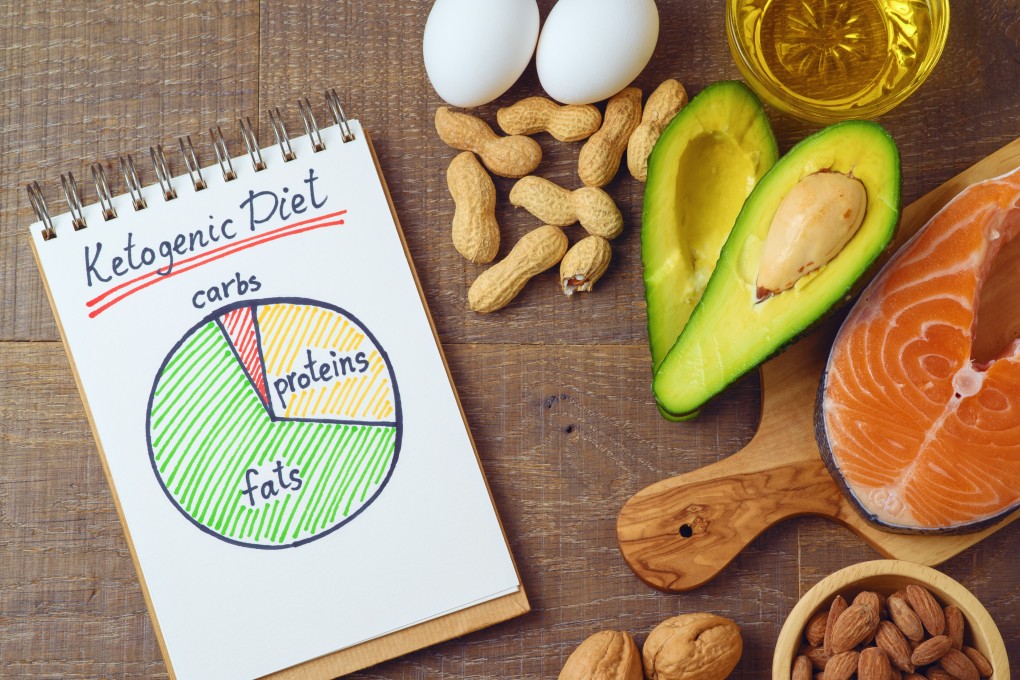Keto diet 101: what to eat, ketosis, weight loss, and the downsides
- The keto diet, or ketogenic diet, removes nearly all carbohydrates from your plate and makes fat your main energy source; people follow it to lose weight
- Created a century ago for epileptics, it works by forcing the body to break down stored fat and fat we consume into fatty acids and things called ketone bodies

The ketogenic diet, or keto diet, is a high-fat and highly restrictive regime that promises speedy weight loss. It is rocking the headlines, its profile boosted by endorsements from celebrities including US reality TV star Kourtney Kardashian and actress Halle Berry.
Curious to try this diet? Here’s what you need to know.
The history of the keto diet
For starters, it’s not new. The ketogenic diet is approaching its 100th anniversary – though it didn’t begin as a weight-loss plan. Dr Russell Wilder developed the diet at the Mayo Clinic in Rochester, in the US state of Minnesota, in 1923 for treating children with epilepsy who didn’t respond to medication.
Studies over many years suggest that up to 25 per cent of children on the diet will have their seizures well controlled and may be able to decrease their medications or discontinue them, according to the Johns Hopkins Ketogenic Diet Fact Sheet from the US university in Maryland. A further 30 to 40 per cent will see their seizure frequency halved, while 25 to 30 per cent who try the diet will find, after a month or two, that it is not effective.
The keto diet’s perceived benefits
Halle Berry, a diabetic, says the diet helped her manage her condition. “If you’re like me, you can possibly reverse diabetes,” she posted on Instagram, listing the diet’s benefits – from better physical endurance, better skin, appetite control, migraine control, and more energy, to better mental performance.